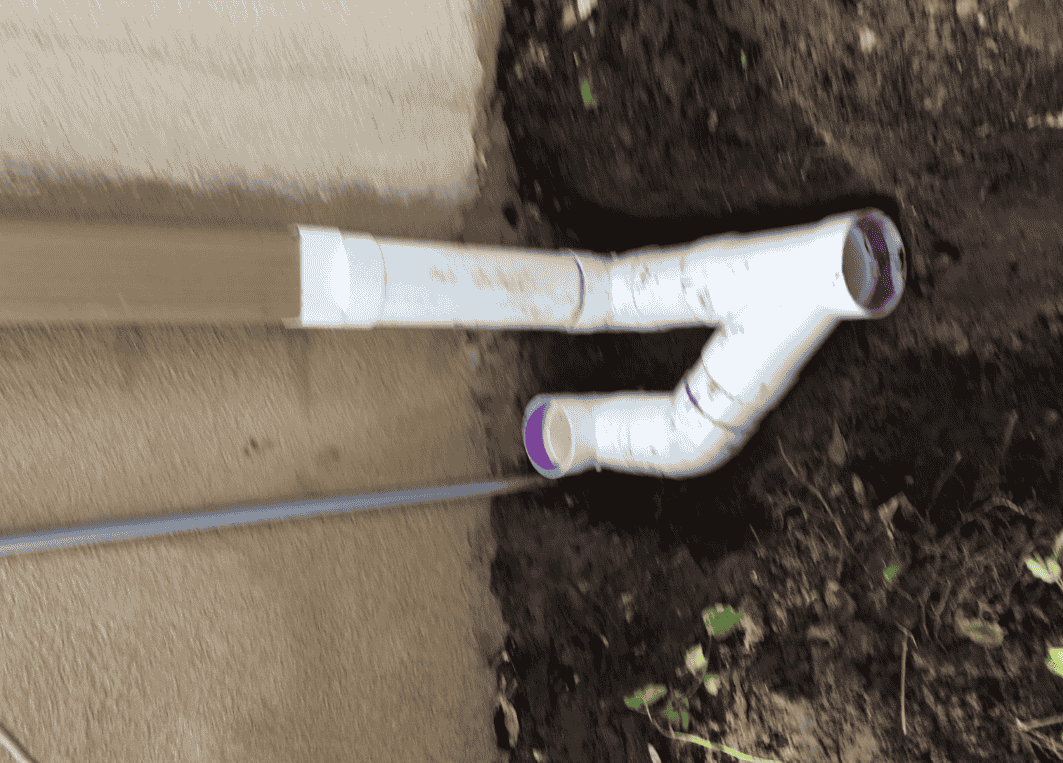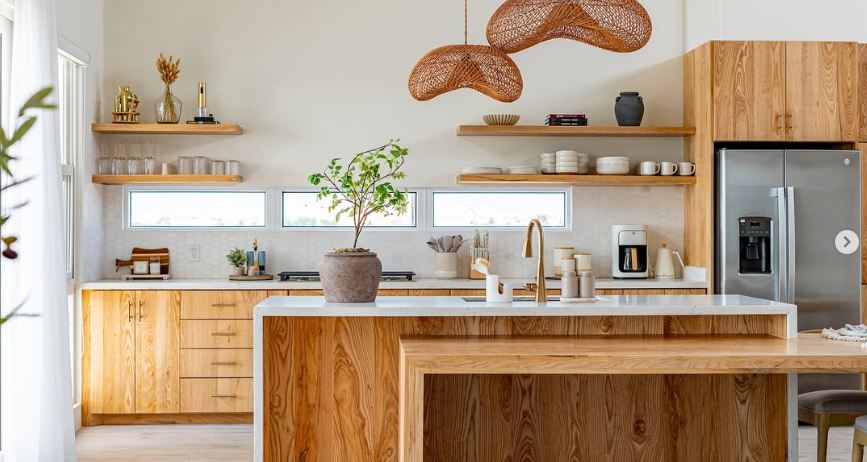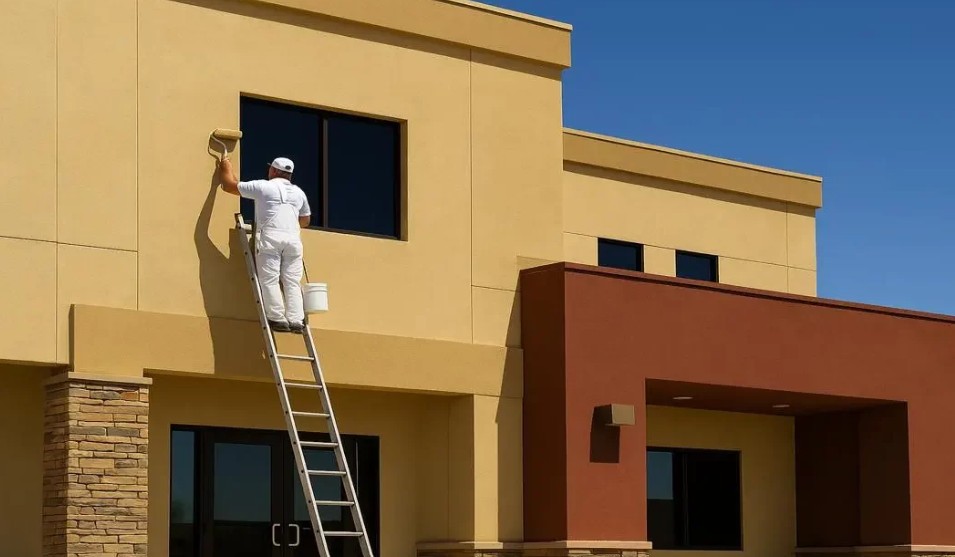The design of Accessory Dwelling Units (ADUs) has come a long way in recent years. As people become increasingly aware of the need to prioritize sustainability and eco-friendly living, the design of ADUs has had to evolve to meet these ever-increasing standards. Sustainable design techniques are not only beneficial to the environment, but can also add to the aesthetic value of a space. In this blog post, we’ll explore the various ways that sustainable design can be effectively implemented into the design of an ADU and the benefits that come by hiring ADU contractors in San Diego.
From decreased energy use to utilizing environmentally friendly materials, sustainable design is a great way to add value to both the ADU itself and the surrounding environment. Visit ADU Contractors website to know about the various challenges that come with sustainable design as well as the opportunities for creative solutions that can make your ADU as energy-efficient and eco-friendly as possible. We’ll also explore the different ways that sustainable design can add value to your ADU and the environment
- Utilizing renewable materials
Utilizing renewable materials is essential to sustainable design in Accessory Dwelling Units. Wood, hemp, wool, and other natural materials are all renewable resources. Using these materials helps to reduce the impact of using non-renewable materials such as plastic, aluminum, and other synthetic materials. Natural materials are also more breathable, reducing the need for insulation and ventilation systems. Additionally, using renewable materials helps to reduce emissions since they can be recycled and reused. By choosing renewable materials for Accessory Dwelling Units, we can create healthier and more sustainable spaces.
- Incorporating energy efficient features
Incorporating energy efficient features into an ADU is one of the most effective ways to create a sustainable design. Installing energy efficient windows, doors and insulation in the walls, floors and ceilings of the ADU can make a big difference in energy efficiency. Low-flow plumbing fixtures, such as sinks and toilets, can also reduce water usage. Furthermore, incorporating smart technologies, such as solar panels, can help to minimize energy costs, while also reducing the impact on the environment.
- Designing for minimal environmental impact
Creating an ADU that has minimal environmental impact is a key element of sustainable design. This can be achieved in a number of ways, such as using renewable energy sources, installing energy efficient appliances, and utilizing materials that have a low impact on the environment. Designing with minimal environmental impact also includes reducing water usage whenever possible. This can be done by installing low-flow fixtures, rainwater harvesting systems, and greywater systems. Additionally, choosing materials that are locally sourced and have a low embodied energy can help reduce the carbon footprint of the ADU.
Conclusion
Sustainable design in ADUs is becoming increasingly popular as more people are looking for efficient, cost-effective ways to reduce their carbon footprint. By utilizing green materials and energy-efficient appliances, ADU owners can enjoy a comfortable and eco-friendly living space while also doing their part to help the environment. Whether building a new ADU from scratch or remodeling an existing structure, sustainable design is an excellent option for those looking for creative and environmentally-friendly solutions.


